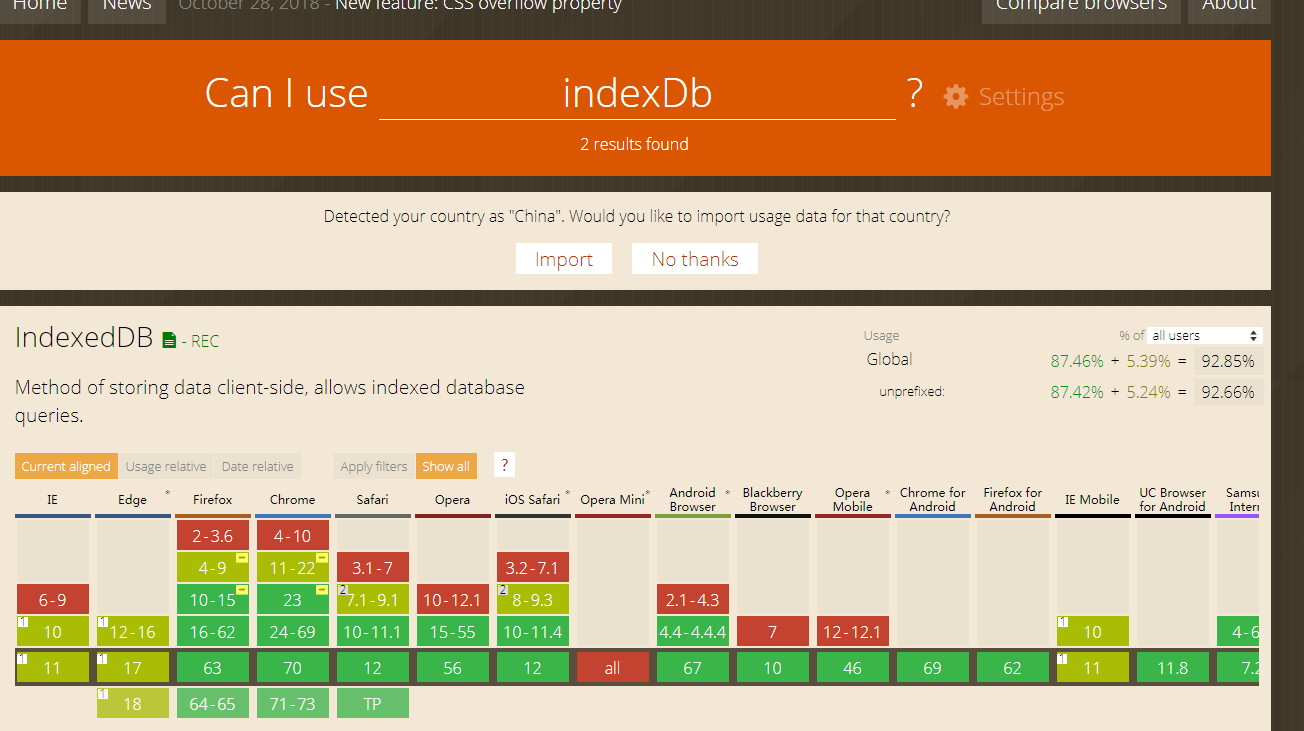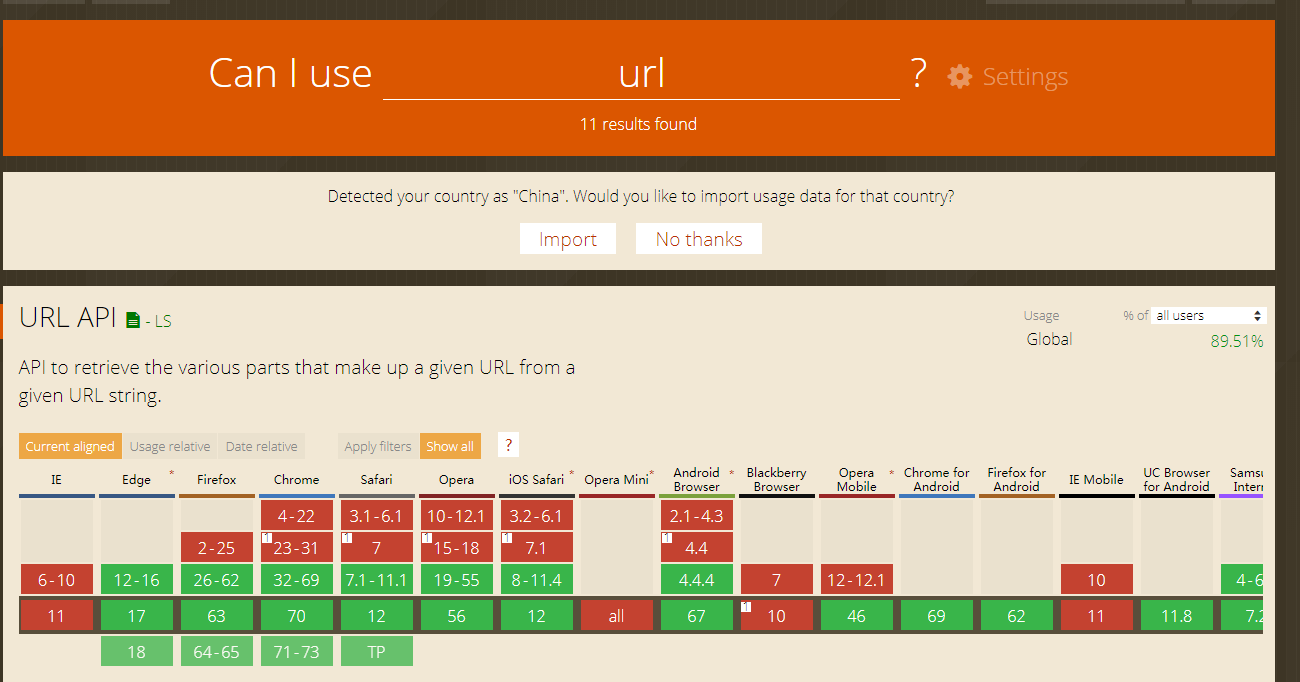使用HTML5 IndexDB存储图像和文件
当前位置:点晴教程→知识管理交流
→『 技术文档交流 』
使用IndexedDB存储图像和文件有一天,我们写了关于如何在localStorage中保存图像和文件的文章,它是关于我们今天可用的实用主义。 然而,localStorage有一些性能影响 - 我们将在稍后的博客中讨论这个问题 - 并且未来期望的方法是使用IndexedDB。 在这里,我将向您介绍如何在IndexedDB中存储图像和文件,然后通过ObjectURL呈现它们。 本文是翻译过来的,原文在这里Storing images and files in IndexedDB 关于作者: Robert Nyman [Editor emeritus] Technical Evangelist & Editor of Mozilla Hacks. Gives talks & blogs about HTML5, JavaScript & the Open Web. Robert is a strong believer in HTML5 and the Open Web and has been working since 1999 with Front End development for the web - in Sweden and in New York City. He regularly also blogs at robertnyman.com and loves to travel and meet people. 使用IndexedDB存储图像和文件的常规步骤首先,我们来谈谈我们将创建一个IndexedDB数据库,将文件保存到其中然后将其读出并显示在页面中的步骤: 1、创建或打开数据库 2、创建一个objectStore 3、将图像文件检索为blob 4、初始化一个数据库事物 5、保存图像blob到数据库中去 6、读出保存的文件并从中创建ObjectURL并将其设置为页面中图像元素的src 1、创建或打开数据库。使用它的预期方法是在创建数据库时触发onupgradeneeded事件或获取更高版本号。 目前仅在Firefox中支持此功能,但很快将在其他Web浏览器中支持。 如果Web浏览器不支持此事件,则可以使用已弃用的setVersion方法并连接到其onsuccess事件。 2、创建一个objectStore(如果它尚不存在)在这里,您创建一个ObjectStore,您将存储数据 - 或者在我们的例子中,文件 - 并且一旦创建,您不需要重新创建它,只需更新其内容即可。 3、将图像文件检索为blob此代码直接将文件的内容作为blob获取。目前只支持Firefox。 收到整个文件后,将blob发送到函数以将其存储在数据库中。 4、初始化一个数据库事物要开始向数据库写入内容,您需要使用objectStore名称和要执行的操作类型(在本例中为read和write)启动事务。 5、保存图像blob到数据库中去一旦事务到位,您将获得对所需objectStore的引用,然后将您的blob放入其中并为其提供密钥。 6、读出保存的文件并从中创建ObjectURL并将其设置为页面中图像元素的src使用相同的事务来获取刚刚存储的图像文件,然后创建一个objectURL并将其设置为页面中图像的src。 例如,这也可以是一个附加到脚本元素的JavaScript文件,然后它将解析JavaScript。 最后完整代码浏览器支持

 Github源码
该文章在 2024/10/9 11:03:36 编辑过 |
关键字查询
相关文章
正在查询... |